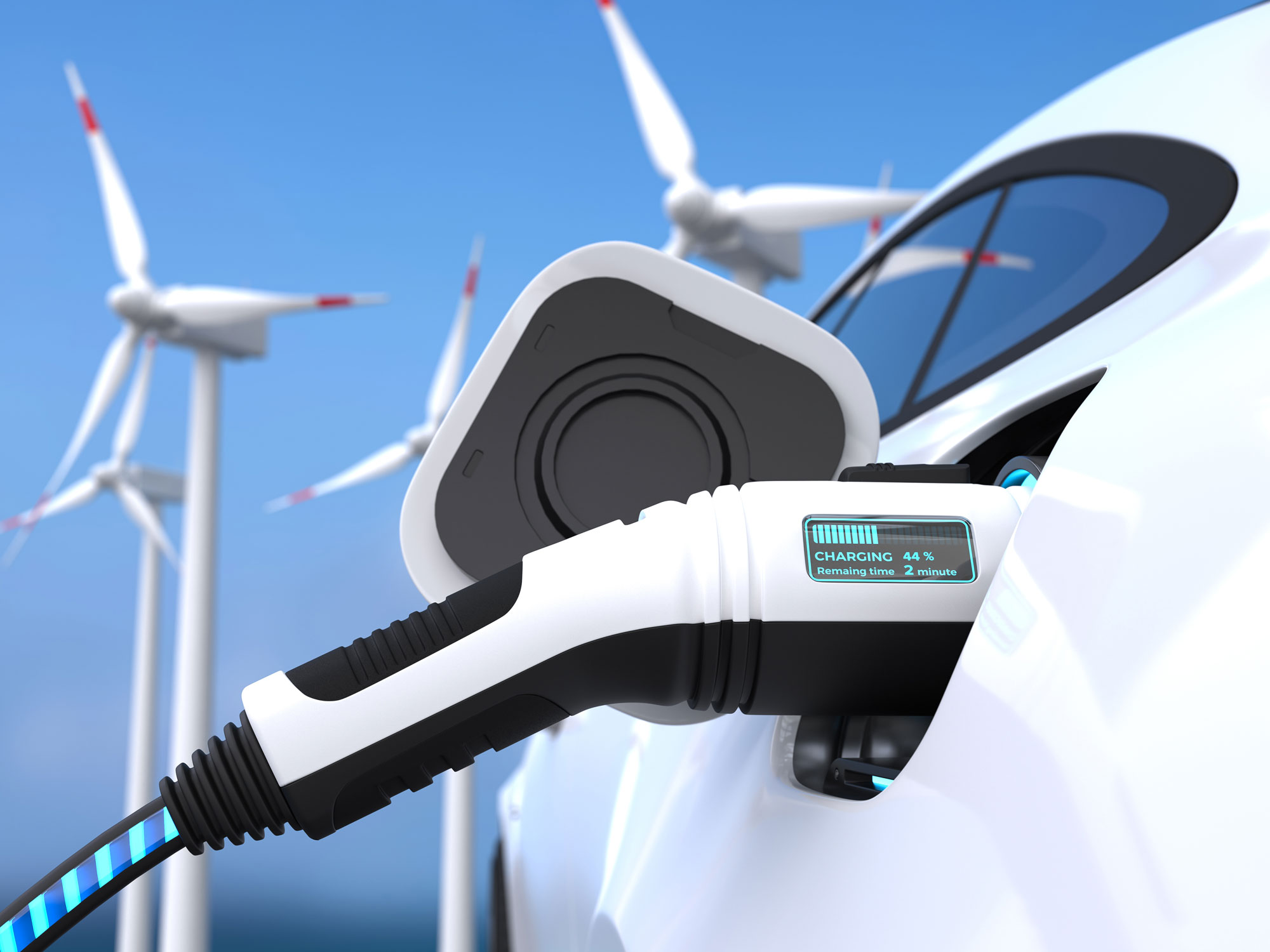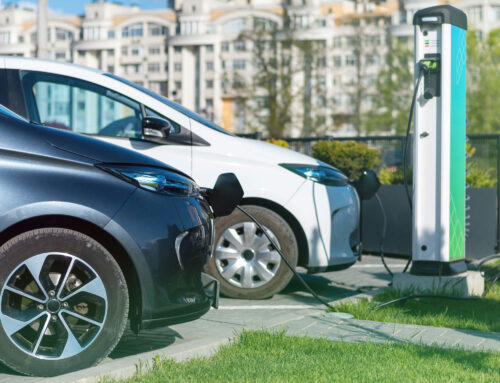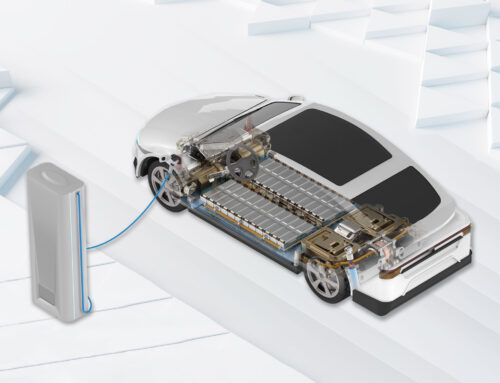Imagine you are getting ready to drive from your business in Pennsylvania to meet a client in Boston, a 400-mile drive. You charge up your electric vehicle and, in one charge, use approximately four times the amount of electricity the average American home does in a single day. Now, let’s envision tens of millions of electric vehicles charging overnight, before their owners’ morning commute, and during their lunch hour. How could the increase in charging impact our electrical grid?
Electrical Grid Impact Will Vary from State to State
According to the Department of Energy, electric vehicle usage combined with projected upticks in electricity will increase the pressure on domestic power grids by nearly 40 percent by 2050. That’s a big-picture, nationally focus prediction. A Pew Charitable Trust report from 2020 studied how electric vehicles would impact the electrical grid and found that it will vary significantly from state to state.
Without Enough Renewables, Stress on the Electrical Grid Could Boom
For example, state officials in California hope to see their residents own or lease 12.5 million electric vehicles by 2035. They’ve thus far been adamant that load will not put additional stress on their electric grid.
Energy experts say that’s unrealistic in light of the fact that nuclear power plants, which provide cheap energy, are shutting down and the state is transitioning to renewables by 2045. To boot, the state already experienced outages during a record heat wave last year.
For Other States, the Key Will Be Producing More Electricity
Not every state has California sunshine and a coastal region to produce solar and wind energy that can supplement the electrical grid. To meet the upcoming demand anticipated by electric vehicle ownership, cloudy regions like the Northeast would need to produce more electricity and promote charging during off-peak hours.
Electrical Grid Operators Will Need to Invest in Better Infrastructure
“The infrastructure indicators for this market have lagged,” John DeBoer, Siemens AG Head of Engineering to S&P Global. “Back in 2010, there was this chicken-or-egg thing that got talked about all the time: Would the vehicle come first, or would the charger? And in the U.S., there was no question [about] how that answer played out. The vehicles came, they grew … and the infrastructure wasn’t built.”
The Union of Concerned Scientists has argued that the infrastructure to support the current use of plug-in electric vehicles is there, but it’s not resilient enough to withstand local outages. The group has suggested that vehicle-to-grid integration is a possible solution, in which a charged electric vehicle could send energy back to the grid during strained hours and outages and effectively serve as an energy source for the state.
Book Your Consultation with Financial Fuel Services Today
Grid integration is just one of the major national energy topics our team is following. We pay attention to emerging technologies, alternative fuels, and oil & gas in order to keep our clients aware of what’s on the financial horizon. Contact the team at Financial Fuel Services to learn more. To stay abreast with energy sector news, follow our Industry News page.





